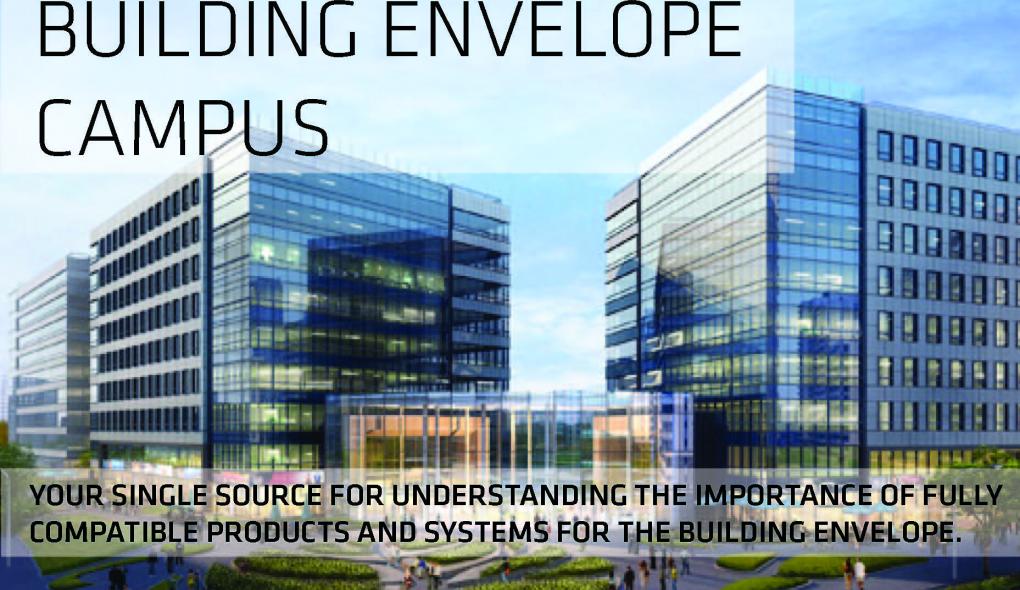

- High performance building envelope systems professional#
- High performance building envelope systems windows#
Its intent is to slow the movement of heat and air between outside and in, and manage moisture infiltration from both sides. Your wall system is an environmental separator between outside and inside. If in an area susceptible to Tornados, Hurricanes or Forest Fires, perhaps it makes more sense to protect your home, family and your biggest investment by opting for something other than timber frame construction like concrete or brick? So, what is a wall system? Also, it's not just about Insulation and efficiency, there are fundamental choices to make depending on where you live in terms of a homes strength. That is just a short list of things to consider, and despite many people online saying they have " The Perfect Wall" there isn't one right answer, because honestly the perfect wall system for your home is the one that suits the conditions best in the location it's being built and to the budget you have available. Buildings are a complex balance of different elements - of which the walls are only one part. What is the most durable wall? What is the most energy efficient wall? What is the most soundproof wall? What is the most affordable wall? So what is the best wall system? That also depends on what you are looking for. But the strategies we used would help achieve savings along with a higher performance home for any project.We're frequently asked which is the perfect wall system for high-performance LEED, Passive House or Zero Energy Homes, Well, a perfect Answer to that Is, first Ask the Right Questions! - After all, what is the best way to get from one place to another? You have to choose between the quickest way, the safest way, the most scenic way or which route has the most gas stations or least amount of hills. Sadly, as Josh noted, in the current construction economy, we would not have achieved the same cost/SF for this house. That certainly helped us achieve our budget goal, in addition to being sparing with more expensive materials and finishes. But they do add up! IRT design fees, we used this project to experiment with a number of details and techniques that we wanted to try, knowing that we were investing heavily with our own time and practicing on ourselves so that we can be more efficient when employing the same or similar approaches with clients.Īlso as noted In the article, we were fortunate to get some great deals on windows, SIGA products, and some other materials.
High performance building envelope systems professional#
We often look at projects specically based on hard costs, since professional service and permit fees are just a necessity. To add to that, yes the $/SF number was for construction hard costs, and did not include architectural fees, survey fees, geotechnical + structural engineering fees, and building permit costs.

High performance building envelope systems windows#
Windows are positioned for cross-ventilation, with 3-ft. They designed the house’s interior to be simple and economical, with special attention paid to the quality of light as it moves through the space. “We wanted our takeaway to be that you can do a high-performance building that has a tight budget and is still a beautiful thing to live in,” Mizani says. Custom stainless steel angle clips attach a stock track and louvered screen from Renson to the house.

The 9kW solar array is mounted to the highest section of the south-facing roof. That would enable them to devote the lion’s share of their budget to a high-performance envelope, durable materials, energy-efficient mechanicals, and the 9.6 kW solar system needed to meet their net-zero goal.

To make this budget work, Mizani and Zerbinis decided early on to eschew expensive finishes and rely instead on clever design moves to enhance both sustainability and aesthetic appeal. finished home office/ADU in the basement. ft., which is considerably more than a code-built spec home, but still less than you’d typically spend for a custom built, zero-energy home in the Portland neighborhood where they and their firm, eMZed Architecture, is based. “We were really committed to putting our money where our mouth was,” Mizani says. They wanted to use their new home to show potential clients that, with clever design and modest materials, a net-zero house wouldn’t have to cost them more than any other custom home. When Portland, Oregon, architects Keyan Mizani and Alexia Zerbinis set out to design a net-zero house to serve as their home and office, they had one additional mission in mind.


 0 kommentar(er)
0 kommentar(er)
